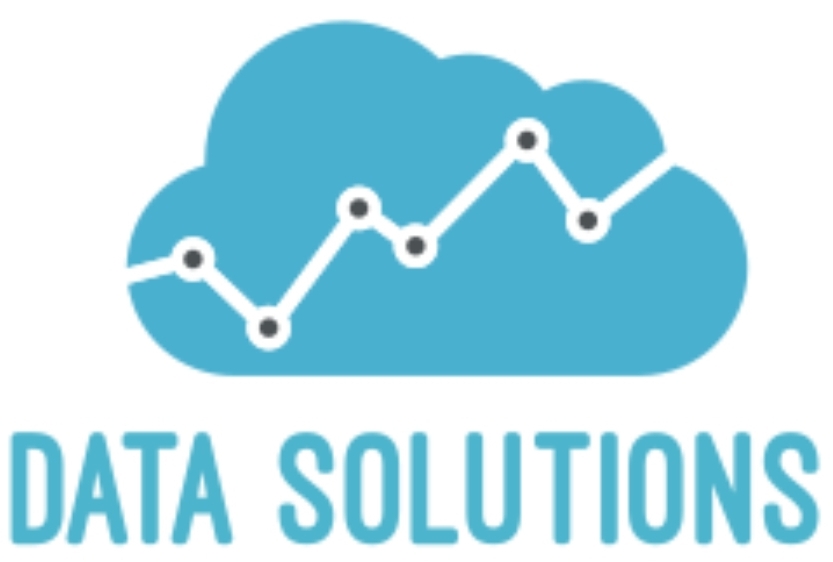Supervised learning and unsupervised learning are two categories of machine learning, which is a subset of artificial intelligence that involves training algorithms to learn from data.
Supervised learning involves training a machine learning model on labeled data, where the input data is paired with corresponding output data. The goal is to train the model to make accurate predictions or decisions when given new input data. The labeled data is used to train the model to recognize patterns and relationships in the data, and to map input data to the correct output.
For example, in a supervised learning task for image recognition, a machine learning model might be trained on a large dataset of images that have been labeled with the objects they contain. The model would learn to recognize patterns in the images and associate them with the correct object labels. Once trained, the model could then be used to identify objects in new images with a high degree of accuracy.
Unsupervised learning, on the other hand, involves training a machine learning model on unlabeled data, where the model must identify patterns or relationships in the data on its own. The goal is to discover hidden structures or relationships in the data without any prior knowledge of what those structures might be.
For example, in an unsupervised learning task for customer segmentation, a machine learning model might be trained on a dataset of customer transaction data without any labels indicating which customers belong to which segments. The model would learn to identify patterns and relationships in the data, such as which products tend to be purchased together or which customers tend to make similar purchases. The model could then be used to group customers into segments based on their transaction data, which could be used for targeted marketing or product recommendations.
In summary, supervised learning involves training a machine learning model on labeled data to make accurate predictions or decisions, while unsupervised learning involves training a model on unlabeled data to discover hidden patterns or relationships in the data. Both types of learning have their own strengths and weaknesses and can be used for a wide range of applications.
